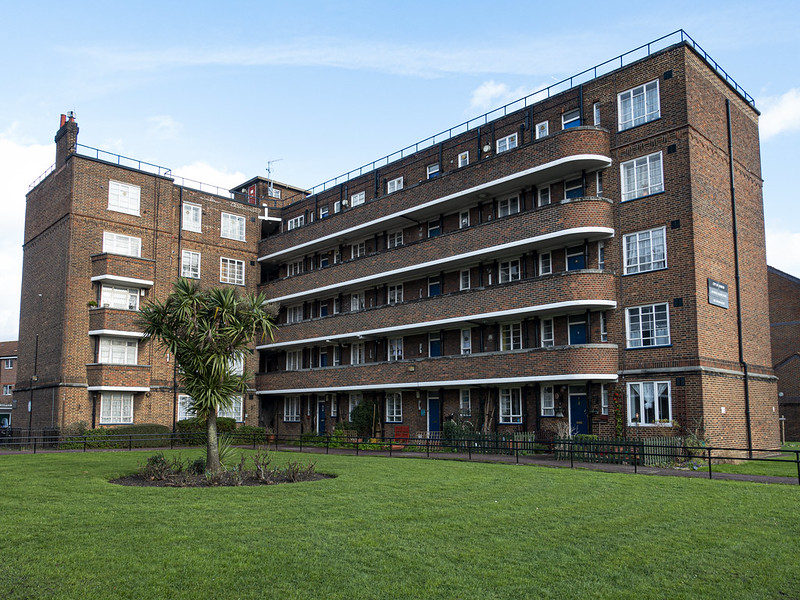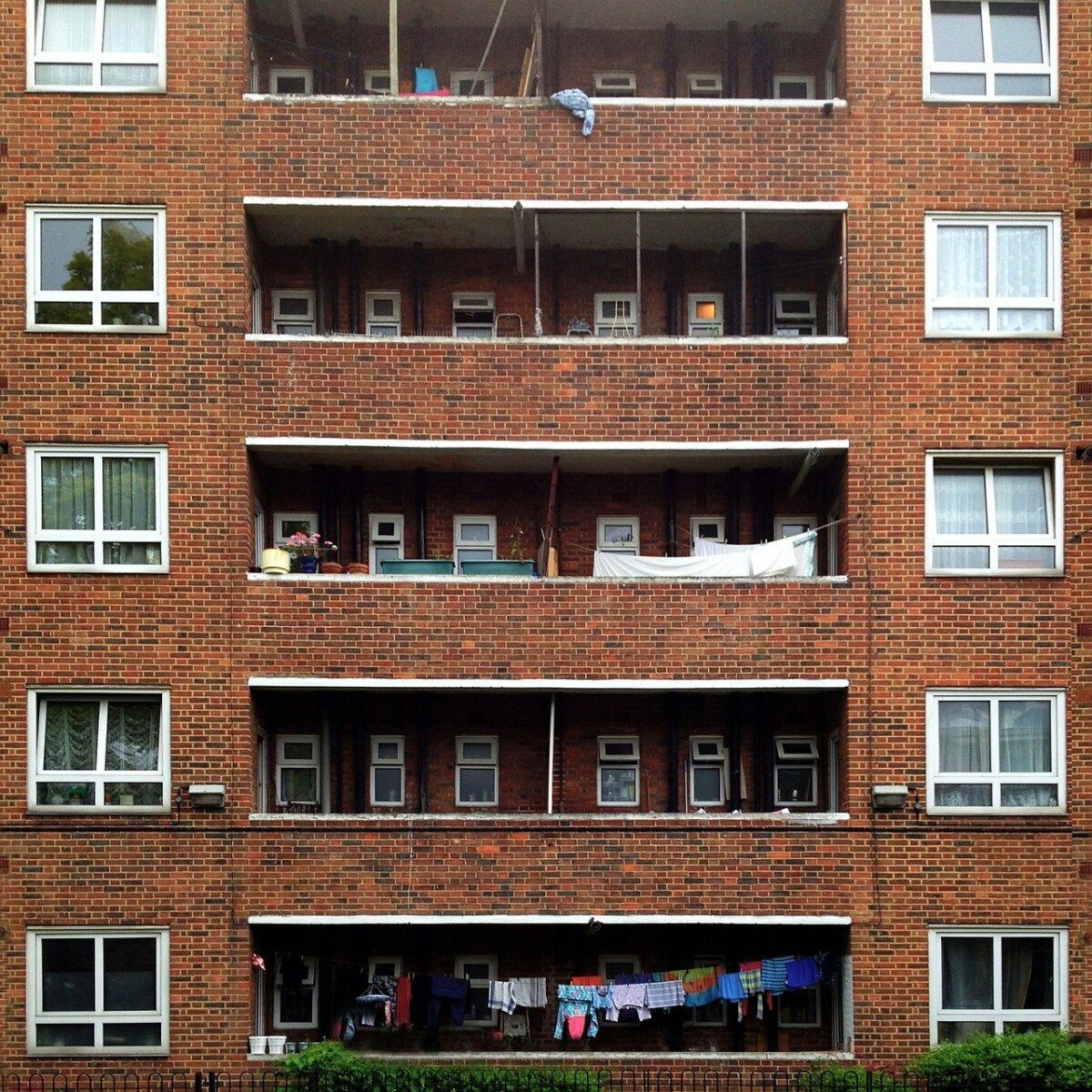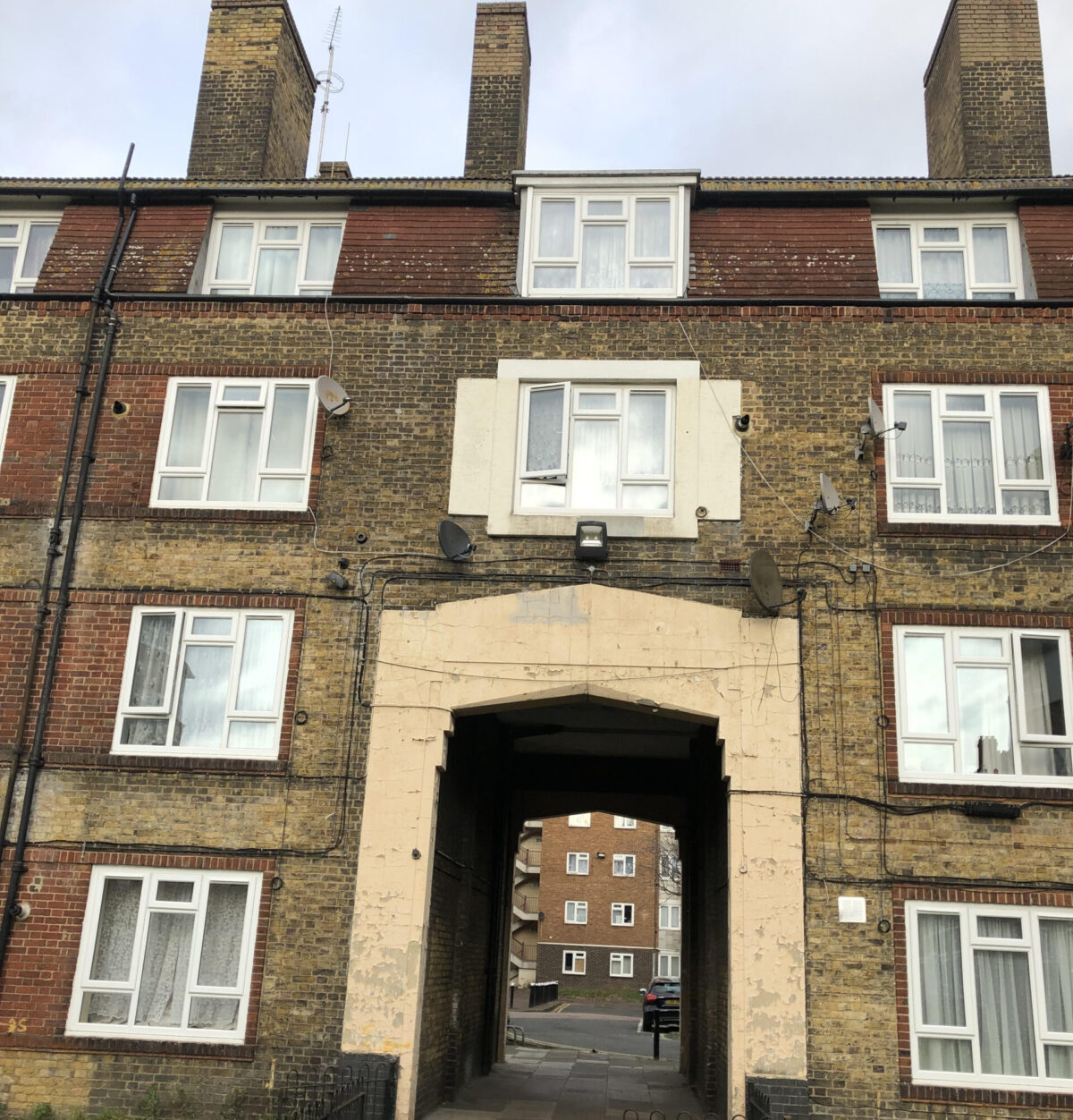Our leader, Keir Starmer, has vowed to enable communities to take control. This got me thinking about how we make this a reality for social housing tenants.
The Grenfell Tower tragedy and the death of Awaab Ishak have highlighted why it is critical that tenants have an effective voice. The responsible organisations, Kensington and Chelsea ALMO[1] and Rochdale Boroughwide Housing Association had tenants’ representatives on their boards. The problem was that they could not affect the culture and practices of these organisations.
The challenge is captured in the introductory paragraph of the London Tenants Federation (LTF) 2021 Tenants’ Manifesto.
As social housing tenants, we and our homes are often written about by government ministers, journalists, think-tanks, charity policy teams, architects and academics. Some portrayals are sympathetic to us, but many are not.
The vast majority of these ‘experts’ have no experience of living in social housing. It is essential for us that a strong and articulate social housing tenants’ voice is heard in respect of the decisions made about our homes and communities.
In 2016 the Conservative Government drove the Housing and Planning Act through Parliament with next to no engagement with tenants. I cannot imagine a government passing legislation affecting the private sector without consulting with lobbying organisations. The outcome was that the Act was passed, but was not enacted, because the in-coming Prime Minister, Theresa May, realised that it would cause too much hardship.
The reason that social housing tenants are disempowered is due to class. Most social housing tenants are working class, however there is also the sadly familiar intersection with other forms of discrimination.
The starting point of tenant empowerment and even more importantly improving the living conditions and safety of tenants, must be adequate funding for social housing. Councils and housing associations have been systematically underfunded for decades. Most councils are now reporting that they do not have sufficient funding to make their ageing stock liveable and safe. Social housing tenants have experience of making ‘tough decisions’ about priorities in their personal lives and this is an expertise that they bring to decision-making. However, it is unfair to expect tenants to serve on boards and take on legal and moral responsibility for housing that is insufficiently funded to be safe.
A tenants’ voice
Tenants either know best or a very least can bring a helpful insight. They need a voice at a local, regional and national level. Active tenants make a difference. I can walk onto a housing estate and tell from the standard of cleaning and communal repairs whether it is benefitting from an active tenants’ association. I marvel at the varied mutual aid initiatives that happen on many estates.
Effective empowerment requires training and support for both the unpaid, tenants, and paid, officers. Those being paid may need training to help leave behind negative stereotypes and to support them to deliver the outcome that tenants desire. Tenants also need support to engage effectively. We need to acknowledge that open democracy can bring to the fore difficult people, whose bad behaviour, if not effectively challenged, will alienate others. Tenant engagement is risky, the biggest risk is that there is no outcome from the consultation and that those who got involved are never seen again and their experience of powerlessness is reinforced.
The 2023 Regulation of Social Housing Act gives individual tenants new rights as customers but is weak on collective rights. When the Social Housing Regulator finds its stride, it should require housing providers to demonstrate that tenant engagement has made a tangible difference to the way services are delivered. The same criteria should be applied to funding applications to build new homes. Why should we be funding organisations who are not managing their existing homes well to build more homes?
A tenants’ levy
Councils, ALMOs and housing associations fund landlord lobbying organisations, but there are no parallel, equally well-funded, bodies for tenants. Landlord organisations may encourage collaboration with tenants’ groups on issues of mutual interest, such as increasing the supply of social housing, but there is little evidence of engagement on issues where tenants may have a dissenting voice, such as the CEO’s salary. Landlords should look again at the fairness of this arrangement. Also, a tenants’ levy of say a penny on the rent each week by every housing provider could help fund independent tenant activism.
Neighbourhood management
Tenant empowerment presents the greatest challenge for the largest and most geographically dispersed housing associations. Many areas have several social housing providers operating within them. I live on the eastern side of the Old Kent Road in Bermondsey, South London. We have a concentration of ageing, under-invested in social housing. Landlords include Southwark Council, City of London Corporation, Peabody and Hexagon. Problems on one estate spill over on to others. What we desperately need is a coordinated approach to investment, management and support for our community. My proposal is that diverse social housing providers devolve responsibility and funding for housing management to a new local and democratically controlled neighbourhood management organisation, whilst retaining ownership. This would allow councils and housing associations to use their assets to build new affordable homes, whilst management would become local and better.
These neighbourhood management organisations, would have a board of elected tenants, operate in urban areas where there is a high density of social housing and cover around 2,000 homes. Funding would be provided by existing housing providers contributing what they currently spend on housing management and maintenance into the neighbourhood pot.
Tenants Empowerment Grant
Up until 2010 there was a Tenants Empowerment Grant (TEG) of around £1m per year in England. It was slashed by the Government in 2010 and then abolished in 2015.
TEG paid for the support and training that council tenants needed to exercise their Right to Manage. 140,000 council residents on 130 estates have taken on the direct management of their homes. Tenant Management Organisations (TMO) consistently achieve higher levels of tenant satisfaction than the rest of the council stock. Tenants’ groups that gain confidence managing their estates often undertake wider activities to support their community. TMOs must hold a formal continuation ballot every 5 years to test with their residents whether they are staying true to their principles and they retain tenants’ support. If a TMO fails to gain the support of its tenants the TMO folds and staff lose their jobs, this level of jeopardy has a profound and positive effect on the culture of the staff team.
Whilst the Right to Manage still exists, without funding for training few tenants’ groups have been able to exercise this right since 2010. As well as restoring the Right to Manage as a funded option for council tenants, the right should be extended to housing association tenants. As with a neighbourhood management organisation, housing associations would still retain the asset and the rental stream, minus a management and maintenance allowance, therefore their ability to build new homes will be unaffected.
TEG also paid for tenants to explore options short of full management control, For instance a group of tenants may be particularly aggrieved about estate cleaning standards and want to take it over.
National and Regional Tenants’ Lobbying Organisations
Just before the TEG was cut in 2010 moves were underway to create a body known as the National Tenant Voice to represent the interests of social housing tenants and be a sounding board for the government.
In 2022 the Government set up a rebranded Resident Opportunities and Empowerment Grant of £500,000 for partner organisations to bid to provide training, capacity building and independent advice. This is exactly one of the roles that a national, mass-membership, representative tenants-led organisation should be performing. Hopefully, when the current contract comes up for renewal there will be such an organisation in place.
The LTF argue for a tenant-led think tank to generate policy ideas, rather than just respond to the agenda of the government of the day.
With Labour committed to greater devolution to regional authorities, tenants’ representation at this level will become important. A model is provided by Sadiq Khan’s Housing Panel, in which representatives of Londoners at the sharp end of the housing crisis advise on housing policy.
Combined approach
There are different approaches that people can take to collectively improve their housing situation, tenant associations, tenants’ panels, TMOs, housing cooperatives and community land trusts. If funding exists, the funding streams are separate. There is an argument more joint working, lobbying and sharing of ideas will give tenant empowerment a higher profile.
Community Land Trusts and other community organisations are playing a vital role in encouraging support for new housing developments when local opposition may be an issue. Hopefully, the Labour Party will not lose the idea of transferring unsafe homes from the private sector into public and community ownership. During the 1970s, 80s and 90s tenant cooperatives demonstrated that they could restore rundown street properties in a cost-effective way.
Low cost-high impact
We all know that Labour will inherit the consequences of the Tories’ financial mismanagement. In the context of overall government expenditure the cost of the proposals outlined is small, however their adoption will demonstrate Labour’s commitment to empower some of the most voiceless citizens of this country.
For too long tenants’ voices have not been heard with devastating consequences, if we can win the next election, we have the chance to change this.
I want to apologise to participants in the 2019 London Tenants’ Federation and 2023 London LHG conferences, whose ideas I have stolen without crediting them. My theft would be too egregious if I do not mention Sharon Hayward, Pat Turnbull, Lee Page and Cllr. Mick O’Sullivan.
Andy Bates is a member of the LHG Executive. He has recently retired from full-time work after 40 years working in council housing. For 27 years he was manager of Leathermarket JMB, a TMO in Bermondsey, South London. He is now an associate for Community-Led Housing London and TPAS, a CIH tutor and board member of Wenlock Barn TMO.
[1] You may be more used to references to Kensington and Chelsea Tenant Management Organisation (TMO). This is a name that the organisation gave itself. However it is an important principle that it is correctly referred to as an Arms-Length Management Organisation (ALMO). Kensington and Chelsea own over 9,000 council homes. Every other TMO is much smaller, managing between 50 and 1,500 properties, with more direct resident involvement and scrutiny than was the case in Kensington and Chelsea. For a fuller explanation read Pete Apps’ excellent book Show Me The Bodies: How We Let Grenfell Happen





